I'm going to throw out another answer, just in case someone else runs into this through the same weird scenario as I did.
To start with, as others have said, ADO connection strings and EF connection strings are different.
An ADO connection string contains a number of semicolon-separated fields, which can very from one connection type to another, but you usually see "data source=xxx", "initial catalog=yyy", etc. You will not see "metadata=zzz".
An EF connection string has the same structure, but it has a "metadata=zzz" and a "provider connection string=www", where "www" is an escaped ADO connection string.
So a normal format for an ADO connection string is:
data source=myserver;
initial catalog=mydatabase;
Persist Security Info=True;
User ID=myusername;
Password=mypassword;
MultipleActiveResultSets=True
While a normal format for an EF connection string is:
metadata=res://*/MyDbContext.csdl|
res://*/MyDbContext.ssdl|
res://*/MyDbContext.msl;
provider=System.Data.SqlClient;
provider connection string="
data source=myserver;
initial catalog=mydatabase;
Persist Security Info=True;
User ID=myusername;
Password=mypassword;
MultipleActiveResultSets=True;
application name=EntityFramework
"
Most folks who are running into this problem seem to have cut an EF connection string and pasted it into a place that needed an ADO connection string. In essence, I did the same thing, but the process wasn't as clear as all that.
In my case, I had a web application that used EF, so its web.config properly contained EF connection strings.
I published a deployment package, and the process prompts you for the connection strings to be used when deploying. These are stored in the deployment package's generated SetParameters.xml file.
I cut and pasted the EF connection strings into the publish dialog's entry fields.
I deployed the web application, tried to access it, and got the "Keyword not supported: metadata" error.
What I didn't realize is that MS's publish tool expected an ADO connection string, and that given it it would construct an EF connection string.
The result was that SetParameters.xml and my deployed web.config had connection strings that looked like this:
metadata=res://*/MyDbContext.csdl|
res://*/MyDbContext.ssdl|
res://*/MyDbContext.msl;
provider=System.Data.SqlClient;
provider connection string="
metadata=res://*/XxDbContext.csdl|
res://*/XxDbContext.ssdl|
res://*/XxDbContext.msl;
provider=System.Data.SqlClient;
provider connection string="
data source=myserver;
initial catalog=mydatabase;
Persist Security Info=True;
User ID=myusername;
Password=mypassword;
MultipleActiveResultSets=True;
application name=EntityFramework
"
""
In other words, the embedded provider connection string was an EF connection string and not an ADO connection string, so when EF tried to use it to connect to the database, it generated this error.
In other words, when you are pasting the connection strings into the publish dialogues, you need to paste a ADO connection string, not an EF connection string, even if what you have in the web.config you are copying from is an EF connection string.
You can extract an ADO connection string from the provider connection string field of an EF connection string, and that's what you will need, if you're using the same connection in the deploy as you did in local development.
